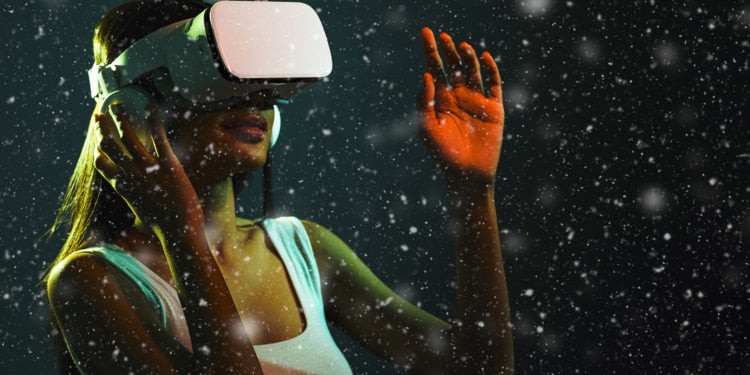Reports about the Apple AR headset have increased significantly in recent days. Now further technical details have been revealed.
In his second Apple AR report within a few days, renowned Apple analyst Ming-Chi Kuo reveals further details about the sensors that will be included in the first of the upcoming Apple headsets.
Gesture control and object recognition are crucial elements of the human-machine interface of Apple's AR/MR headset. Apple's AR/MR headset is equipped with more 3D sensor modules than iPhones. We expect that Apple's AR/MR headset will have four 3D sensor modules (compared to one or two modules on iPhones and high-end smartphones). We predict that the structured light of the AR/MR headset can not only detect the position change of the user's hand or other people and objects in front of the user's eyes, but also the dynamic detail change of the hand.
There is a difference between Face ID and the new hand recognition
Kuo explains that this "dynamic detail change" is similar to how Face ID can detect changes in facial expressions, claiming that capturing "the details of hand movement can provide a more intuitive and vivid human-machine interface." However, there is a difference between Face ID and this hand recognition.
Although both use structured light, the distance between the hand (of the user or other person) and the object that the headset device detects needs to be greater than that of iPhone's Face ID. Therefore, the power consumption of the headset device for structured light is higher. We expect that the detection distance of Apple's 100-200% structured light AR/MR headset is greater than that of iPhone Face ID. To increase the field of view (FOV) for gesture recognition, we believe that Apple's AR/MR headset will be equipped with three sets of ToFs [Time of Flight] to detect hand movements with low latency.
iPhone will be replaced by AR headset in 10 years
Kuo focuses on the impact these components and requirements will have on the companies his customers are looking to invest in. He reports that WIN semi and Lumentum will likely be the main suppliers for the headset's VCSEL (vertical cavity surface-emitting laser) sensors. In doing so, he reiterated for the third time his own statement, after which Apple wants to completely replace the iPhone with an AR headset in 10 years.
The innovative human-machine interface for headsets requires the integration of many technologies. It will be crucial that headsets replace existing consumer electronics products with displays in the next decade.
So far, Kuo is alone in his prediction regarding the end of the iPhone. Whether he will actually be right in the end remains to be seen. (Photo by Chatchai.wa / Bigstockphoto)





